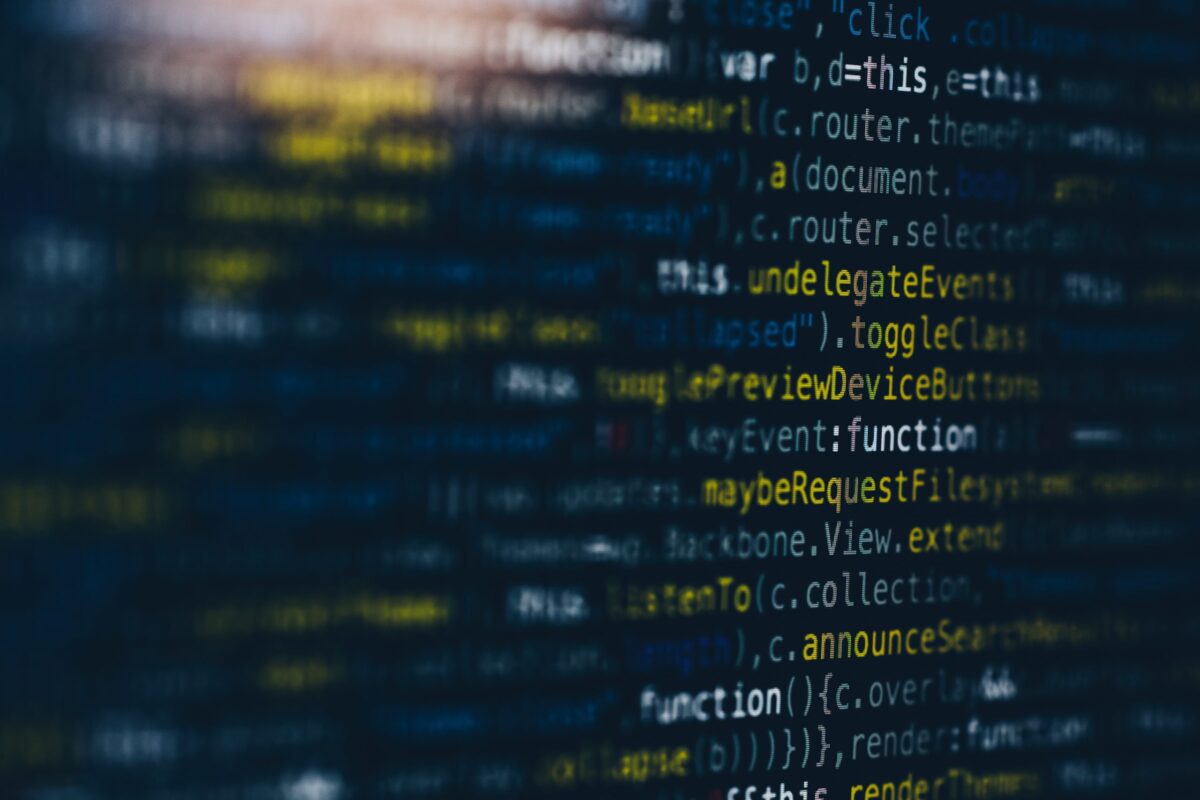

We are all good at reacting and responding – a knee-jerk reaction, so to speak. Even organizations large and small have learned how to be lean and agile while executing a strategy at a high level. But despite these skills, General Motors still declared bankruptcy, Blockbuster closed its last store, and the record industry succumbed to Spotify, all despite their leaders and workers being responsive and agile and executing well. To thrive in this new age of hyper-technological disruption and change, it is imperative to learn a new competency: Becoming Anticipatory.
That may sound impossible, but it’s not. It is actually quite simple when you know where and how to look, and when you and your employees master this skill, you’ll be able to create what I call an Anticipatory Organization™.
A Proven Methodology
Based on three decades of research and applying the principles I’ve developed to organizations worldwide, I have a proven methodology for separating what I call Hard Trends from Soft Trends. Over the years, I’ve written about this extensively in several best-selling books, including my latest New York Times bestseller, The Anticipatory Organization, and hundreds of articles and blogs.
A Hard Trend is a projection based on measurable, tangible, and fully predictable facts, events, or objects. It’s something that will happen: a future fact that cannot be changed. In contrast, a Soft Trend is a projection based on statistics that have the appearance of being tangible, fully predictable facts. It’s something that might happen: a future maybe. Note that Hard Trends can be identified before they impact you, your business, and your customers. Soft Trends can be changed, which means they provide a powerful vehicle to capitalize on and influence the future with.
This distinction completely changes how individuals and organizations view and plan for the future. Understanding the difference between Hard and Soft Trends allows us to know which parts of the future we can be right about. When you learn how to analyze trends in this way, you can accurately predict future disruptions, identify and solve problems before they happen, and practice what I call “everyday innovation.” This enables you to solve challenges and problems faster and see the opportunities that were impossible just a few years before. In other words, you become anticipatory rather than reactionary.
Employees of an Anticipatory Organization understand that those who can see the future most accurately will have the biggest advantage. They know that you cannot change the past, but you can shape the future based on the actions you take in the present. As such, they actively embrace the fact that many future disruptions, problems, and game-changing opportunities are predictable and represent unprecedented ways to gain an advantage. They know that it’s better to solve predictable problems before they happen, and that future problems often represent the biggest opportunities. Above all else, they are confident and empowered by having a shared view of the future based on Hard Trends and what I call the “Science of Certainty.”
What is the “Science of Certainty”?
Once you can separate Hard Trends from Soft Trends and differentiate between the things that will happen from the things that might happen, you can accurately define the certainties going forward. We know that the newest iPhone will always have faster processing chips than its predecessor, we know that after 3G and 4G will come 5G and so on, and we know that we are putting more and more in the cloud with no end in sight.
Outside of technological examples, we know that Baby Boomers are not going to get younger, we know that governments worldwide are going to continue to issue future regulations, and we know the cycles of nature, like summer following winter.
There is so much we can see that it’s absolutely possible to create certainties using the Hard Trend/Soft Trend model I’ve developed. But why is this so important to business? Strategy based on certainty (on Hard Trends) has low risk, while strategy based on uncertainty (on Soft Trends) has high risk. With certainty, you have the confidence to say “yes” and move forward. But with uncertainty, you tend to get stuck in neutral.
To succeed in business now and in the future, being lean and agile and executing well are no longer enough. You must anticipate the future. I see this as being the most important missing competency that we’ve seen in decades.
Ask yourself:
How much time do I spend trying to keep up while putting out fires, managing crises, and reacting to change? Are these activities helping me to get ahead? Learning to be anticipatory will change that and allow you to successfully shape your future.























